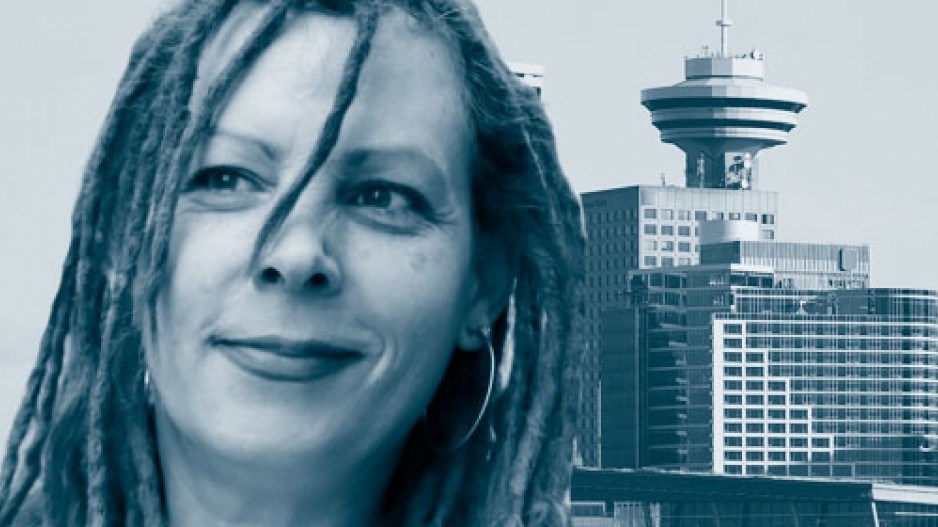San Francisco and Vancouver share a long and rich parallel history.
Major hubs during the gold rush, population centres that housed many ex-railroad workers, and the centres of North America’s involvement with the Opium Wars, these two cities have continued to evolve along similar lines regarding cannabis. From the counterculture movements of the 1960s to the medical cannabis dispensaries in the 1990s to full adult-use regulations in this century, their paths to cannabis legalization had been similar as well, until recently.
Cannabis legalization has been good for San Francisco, but can the same be said of Vancouver?
In 1991, a man named Thomas O’Malley founded the first cannabis dispensary for medical use since the 1930s, and likely the first cannabis-only store in the world. California activists fought hard for the next decade, and the result was some of the most forward-thinking cannabis policies in the world. From subsidized medicine in Berkeley to equity initiatives in Oakland, the Bay Area would push the entire state to legalize cannabis – first for medical purposes and then full adult-use recreation.
B.C.’s path looks similar, superficially, but diving in a little further, we see the differences.
While U.S. states have been hampered by their federal government’s position that cannabis is illegal, they have also benefited from it. States such as Colorado, Washington, Oregon, Nevada and California have strong local cannabis economies, and while each state certainly has its own issues (usually around testing), residents have access to product that is similar to what existed before legalization. We have also seen their industries be more diverse and make efforts to increase that diversity further.
In Vancouver, it is a different story.
When the city decided to license cannabis dispensaries for medical purposes, it was Vancouver Coastal Health that drove in the first stake. Edibles for sale in Vancouver at that time were made primarily for medical use. That meant sugar-free, dairy-free, gluten-free, healthy cannabis snacks, such as infused fruit and granola. Vancouver Coastal Health’s opposition to edibles stomped on this innovative and flourishing market. Chocolates and gummis then emerged in the illicit market.
We are still waiting to see what kinds of legal edibles the government will allow, just as patients are still waiting to be able to access the edible forms of cannabis that R. vs. Smith proved was their right.
We are seeing medical cannabis patients being saddled with so much hassle and expense that there is a clear inducement for those who are able to access products illegally to do so.
Further, legal cannabis in Canada has not included many of the most knowledgeable and skilled producers, many of which have their hopes pinned on micro-licences.
Now, five years since a federally legal medical cannabis regime has existed, and half a year since cannabis has been legal for adult use across Canada, there is more growth in Bay Street corporations than in our greenhouses.
Cannabis has been a large, untracked part of the B.C. economy for decades. At the turn of the century, the Fraser Institute estimated that the sector was worth $7.1 billion, more than agriculture, forestry, fisheries and utilities combined and equal to oil, gas and mining combined. This is a large and integral part of B.C.’s economy being shut out and replaced with Ontario-based IPOs. This is part of the great irony of Canadian cannabis legalization: the province that had the most to gain is instead on a path to being its biggest loser. •
Jamie Shaw is a partner at Groundwork Consulting and director of communications and culture for Pasha Brands.




